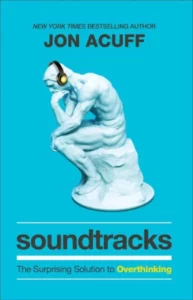Charles Duhigg’s The Power of Habit has been a go-to resource for understanding habits since it was written in 2012. Its three-step model for how habits are formed has helped many people interrupt the habit loop and be more intentional about their actions.
My only criticism of it is that it has an academic feel to it. It will teach you how habits work, but it can feel like an intellectual knowledge that’s not readily applicable.
James Clear wrote Atomic Habits to be more of a field guide. He uses a four-step model of the habit loop.
The difference from Duhigg’s three-step model is that he separates Craving as a discrete step.

What makes Atomic Habits the more interesting, more applicable read is the four-step framework James presents to either break a bad habit or install a new good habit, the Four Laws of Behavior Change:
- Make it obvious. First, you need a cue that’s so obvious that you can’t miss it. Once the habit is installed, you can dial this back.
- Make it attractive. The more you want the outcome, the more likely you are to act on the cue and do something. This applies both to the result and the process of getting there.
- Make it easy. Change itself is hard, so any habit you’re trying to install needs to be as easy as possible. If it’s too hard, you’re not going to do it.
- Make it satisfying. The greater the carrot you can dangle in front of yourself, the more likely you are to succeed.
I like the book’s focus on applying what you’re learning. You’re not just learning about habits, you’re going to do something about your habits.
James also has a fantastic newsletter.


